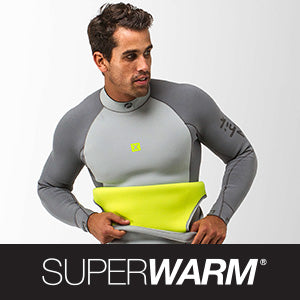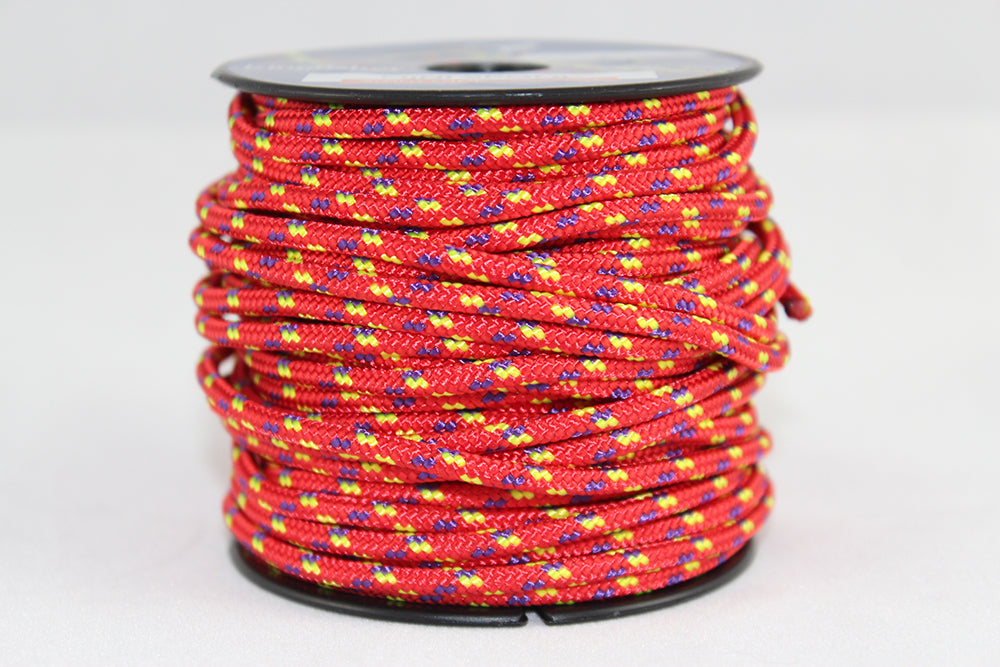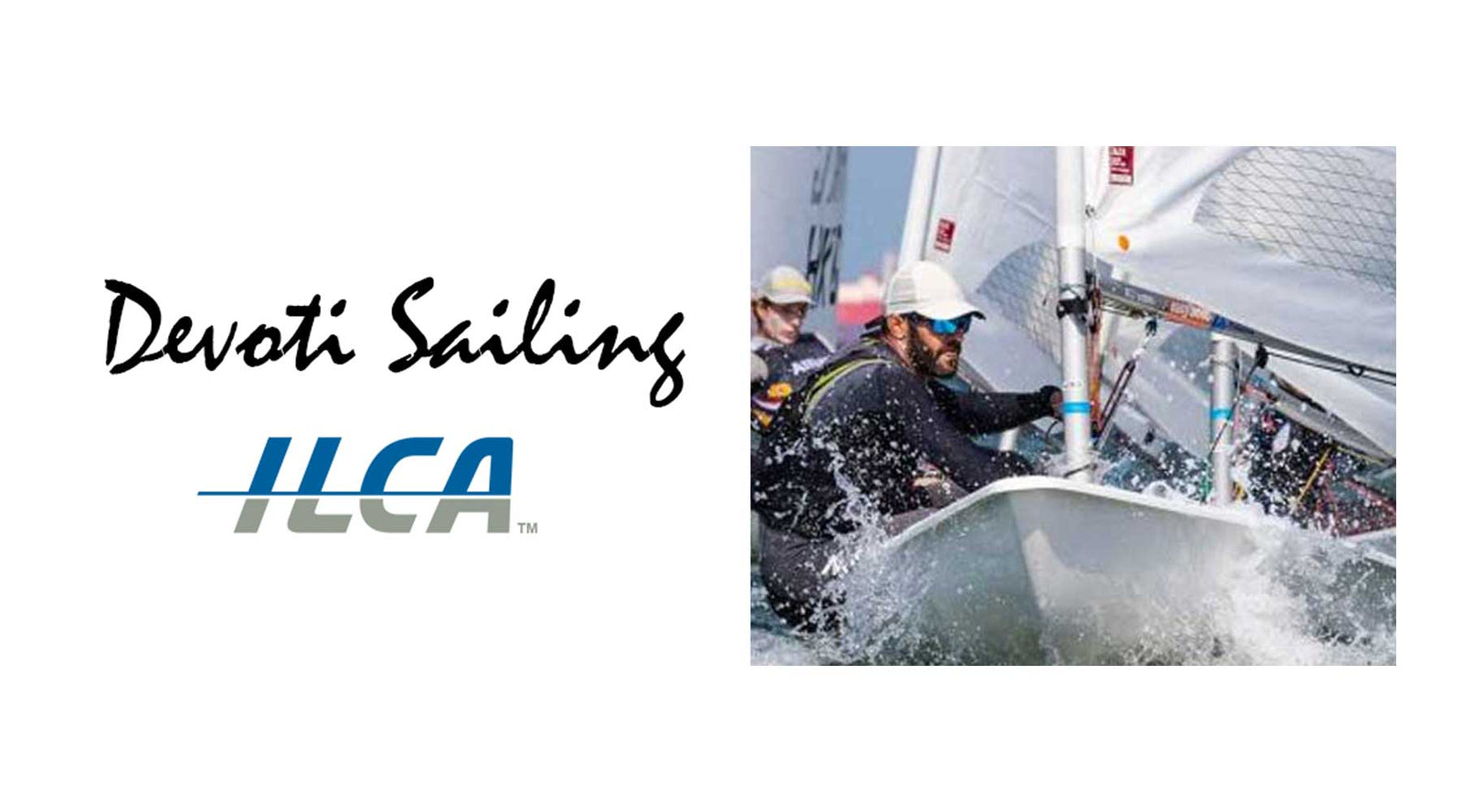My second Laser, after 40 years...
Nearly 40 years on from my first "Laser" I have just taken delivery of my second - a Devoti Ilca 7. Buying this new ILCA has been a 5 star experience, and dealing with Andrew, Jason and Steve at Sailing Chandlery have all been great - candid advice, all the help and assistance I could have wished for. And to cap it all Steve delivered the new Devoti to my home address - 5 hours away, and up in the hills, not easy to get to - and what's more Steve then stayed to help me sort out the rigging - all very different from what I remember. When I last sailed a Laser you had to lean on the boom to put on more kicker. I'm very happy to give the team at Sailing Chandlery a fulsome recommendation.
 Trusted For 12 Years
Trusted For 12 Years Over 46,000+ Orders Shipped
Over 46,000+ Orders Shipped 90 Day Risk Free Returns
90 Day Risk Free Returns Over 4,000 5 Star Reviews
Over 4,000 5 Star Reviews Price Match Promise
Price Match Promise



